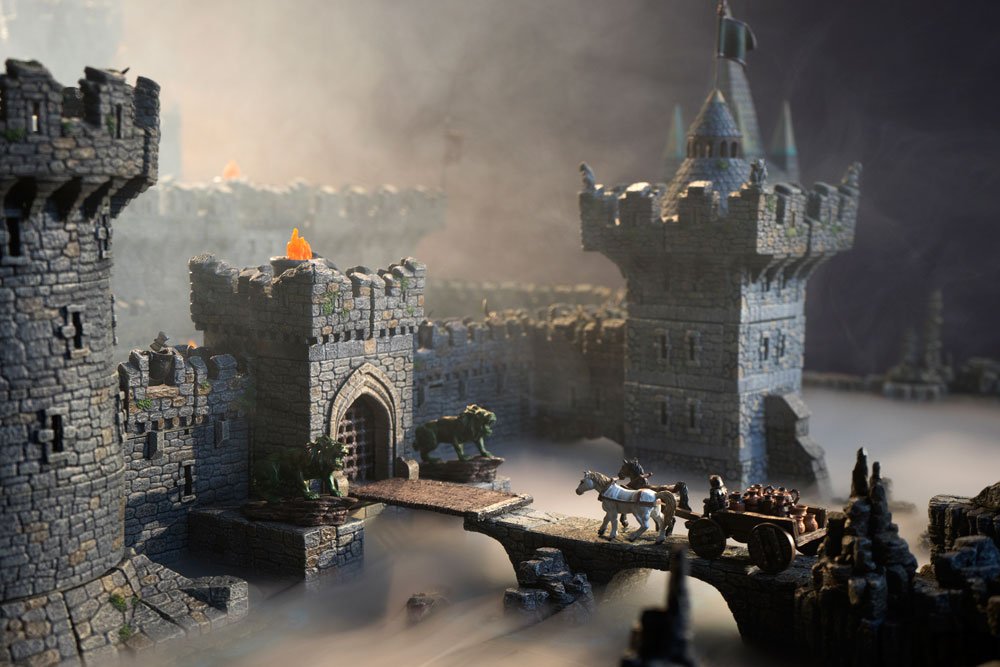
One of the best parts of Dungeons & Dragons is that you can start playing with very little. Beyond the starting rule set, you only need some dice, character sheets, and some pens or pencils.
But once you start playing D&D is easy to start collecting painted minis, costumes, and dice – lots of dice. But when you really want to take your game to the next level, introducing 3D terrain helps the game come to life. This article will help you with everything you need to know about using terrain for the first time.
With terrain, your players get a visual representation of the environment that they are adventuring in. It boosts the imagination, helping people get more immersed in the game. And, to put it frankly, it’s just cooler, which makes it more fun and enjoyable. Instead of moving a mini around a grid on a flat table, players get to really feel like they are in the world of the game.
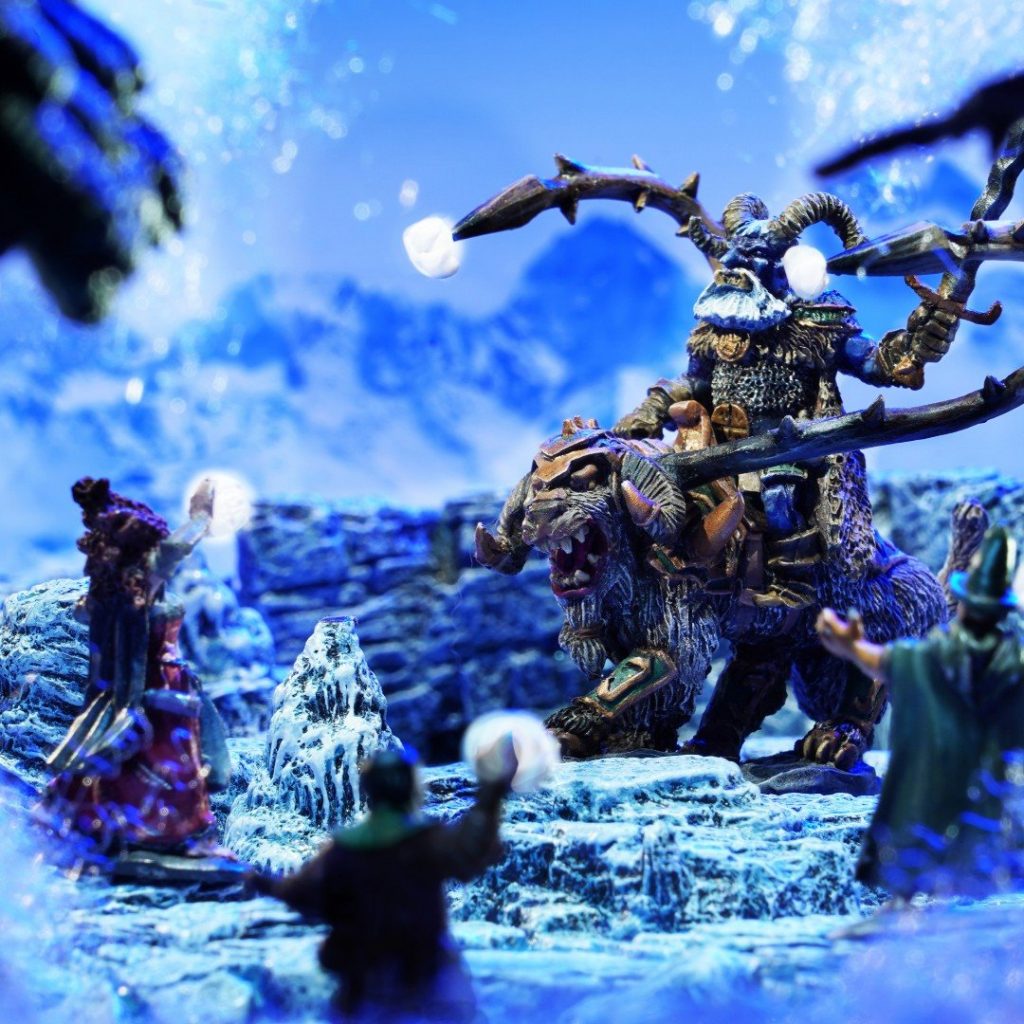
With the pandemic, many of us are playing D&D virtually, so we cannot use terrain in our games (unless you showcase your terrain on your zoom calls). But now is an excellent time to start gathering or building your terrain sets.
Finding Terrain for your game
One of the hardest parts of starting to use D&D terrain for the first time in choosing what to buy and which terrain company to go with. Here’s a quick overview you can use to help you make your choice.
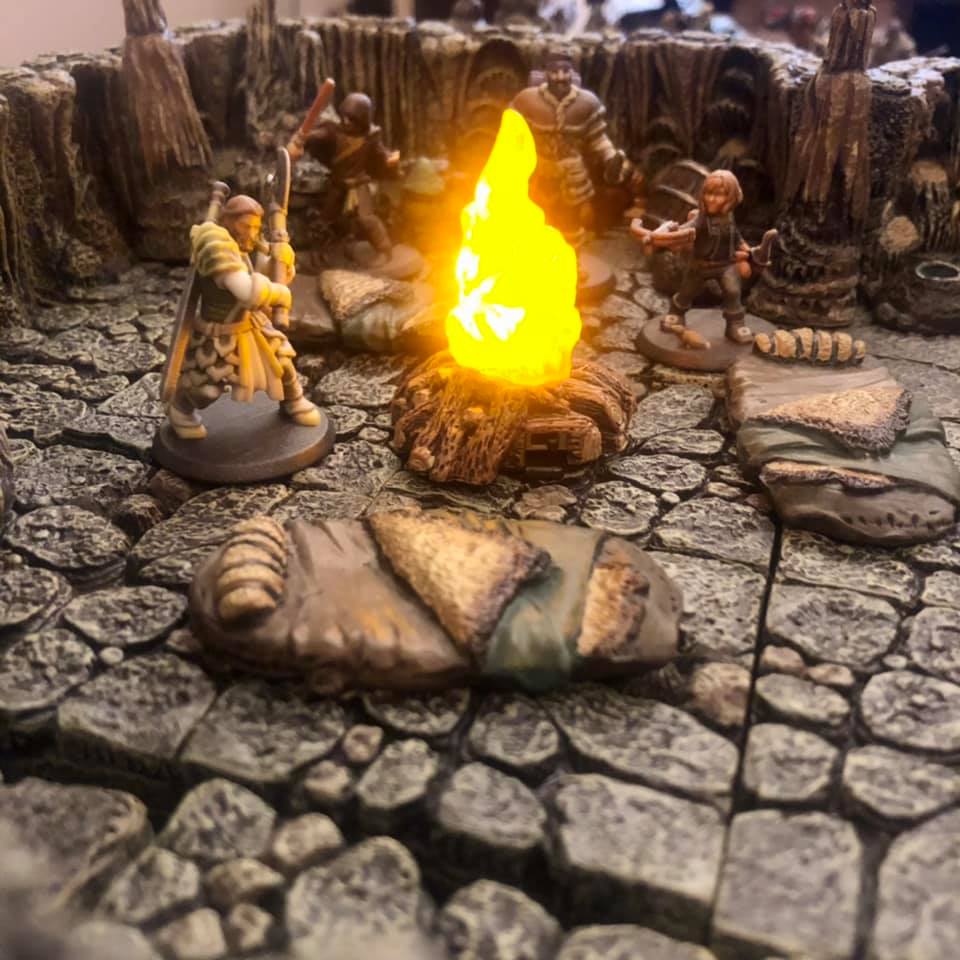
Dwarven Forge
Dwarven Forge is one of the best-known and most-loved terrain options out there. It was founded in 1996 by artist and avid D&D player Stefan Pokorny. The company is all about creating pre-painted, ready-to-use terrain set pieces that can be mixed and matched to create different fantasy settings. They’re made from a durable material they call "polystone," and are built to last.
This is a great, high-quality option for people with some money to spend who don’t want to put in the effort of painting their own terrain set. Just expect to have a hard time getting your hands on the more popular sets, which sell out quickly.
Dungeonstone
Dungeonstone products are made to look like, well, stone. They’re highly detailed and cast out of resin and carbon-infused diestone composite material into a single piece that is made to last for years of play. The products are made in the USA and pretty affordable, at that. They do not come painted.
EnderToys
EnderToys are 3D-printed in Las Vegas, Nevada, from eco-friendly PLA plastic. They come unpainted and arrive with many separate pieces that you put together yourself. The product is pretty affordable and considered to be a good deal for the price. If you like to customize and are on a budget, these might be a good option for you.
GriffonCo
GriffonCo is a small business grown out of a hobbyist couple’s attempt to make a little money on the side. They’ve grown a lot in less than a year of business, and now the company is run by the whole family. GriffonCo’s products are 3D-printed, come unpainted, and are sold by theme so that you can buy various pieces to put together a cohesive environment. They also offer a painting service if you don’t want to do that part yourself.
DrakenStone
DrakenStone‘s products are magnetic and stackable, making them easy to piece together. They’re offered on their website, eBay, and Etsy. Their terrain comes in kits with detailed explanations available for how to put them together. They come pre-painted and are slightly on the pricier side, though the convenience can make it worth the cost.
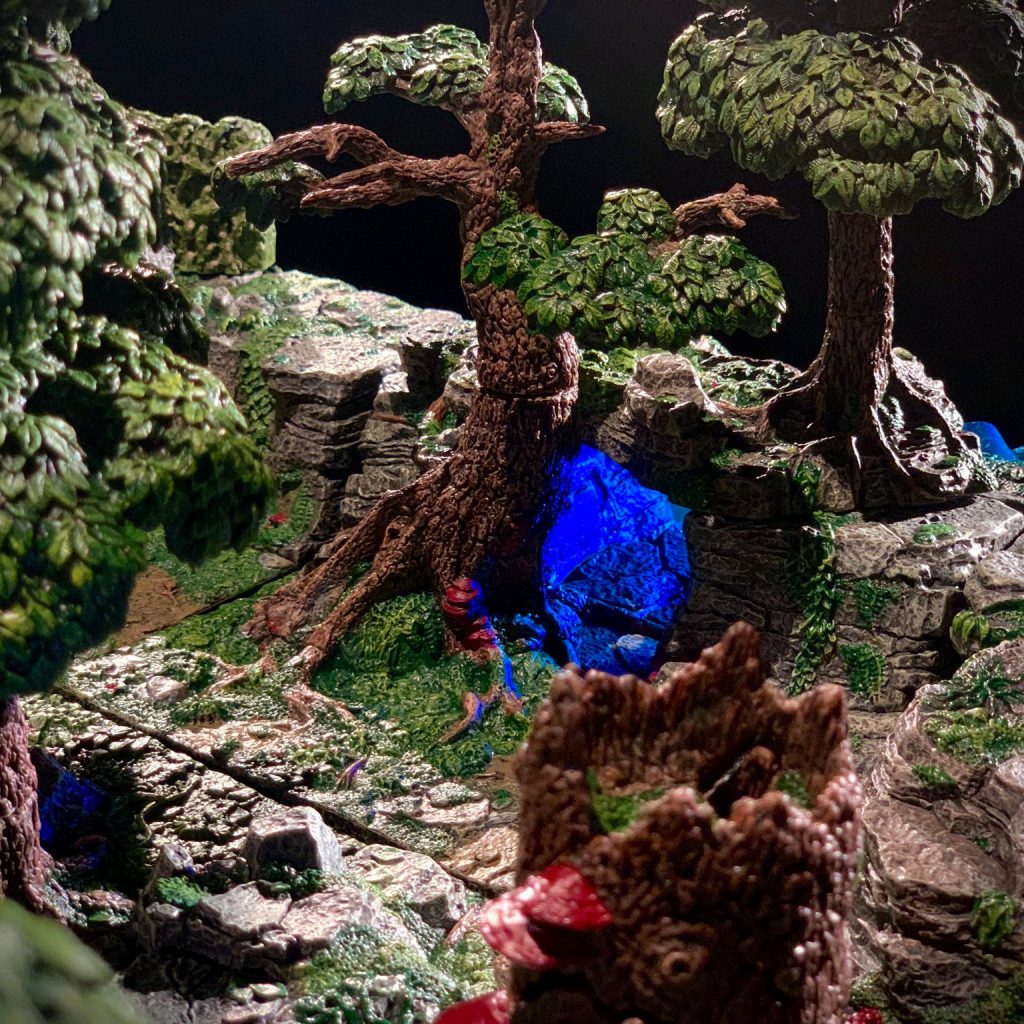
Building Your Own Terrain
If you want to get even more crafty and make your own terrain, it’s a great option to consider to save on cost. DM Scotty offers in-depth instructions for building what he calls 2.5D dungeon tiles, which are flat tiles with 3D embellishment. RPG Ready has collected has advice and instructions into this easy-to-understand guide.
Going this route is the ultimate in customizability and affordability, provided that you’ve already got necessary tools and materials, including rulers, box cutters, glue guns, paint, and cardboard. However, the downside is that it requires much more time and effort. If you enjoy DIY projects and have more time on your hands than money to spend, this might be a great 3D terrain option for you to explore.
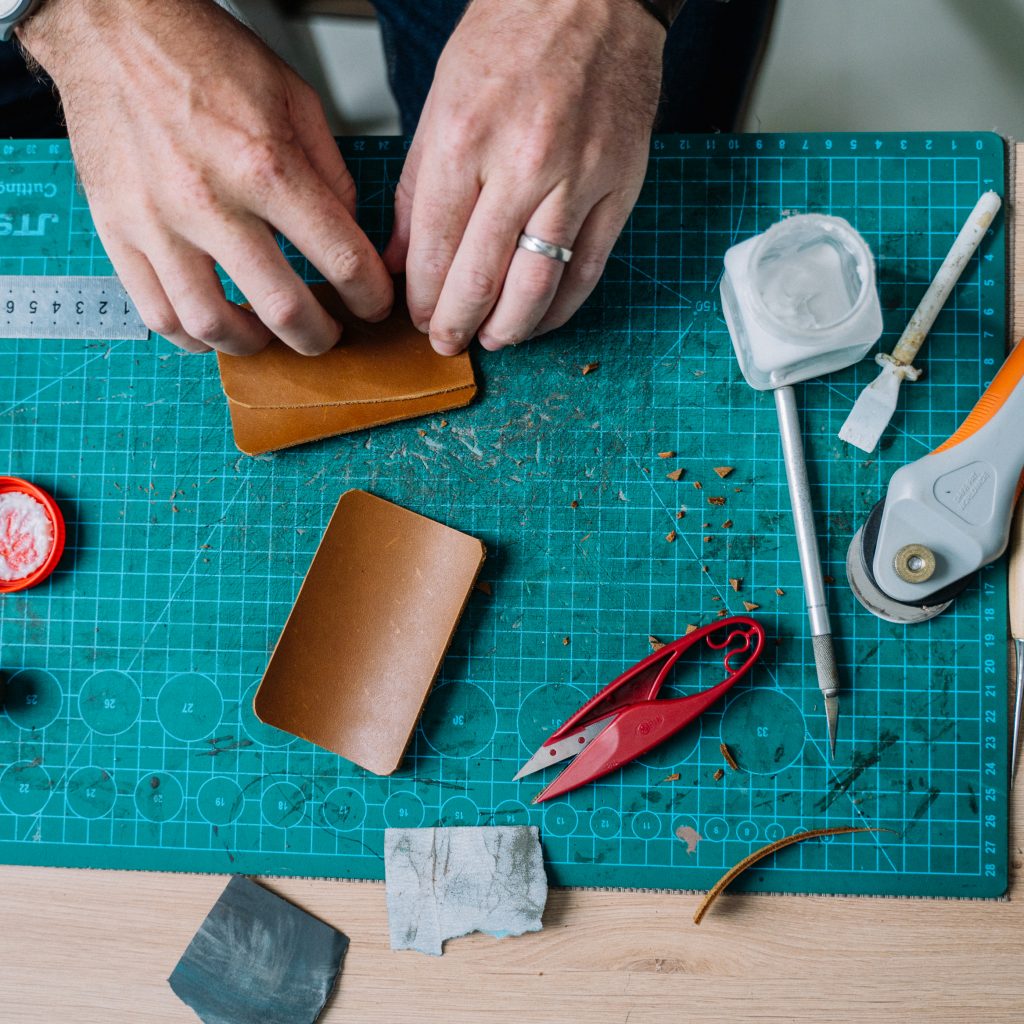
3D Printing Your Own Terrain
You might have noticed that several of the terrain companies we mentioned above 3D-print their pieces. If you have access to a 3D printer, you might be wondering why you can’t just do that yourself. Well, you totally can. Obviously, it’s not going to be an option for everybody, as most of us don’t have a 3D printer or the know-how to use one. But if you do, then you should definitely consider going down this road.
There are several resources out there where you can buy .stl files for systems, sets, and pieces you can print, paint, and use in your games. The Facebook group "Tabletop 3D Printing Guild" is a great place to start for advice. Beyond that, here are a few options worth considering.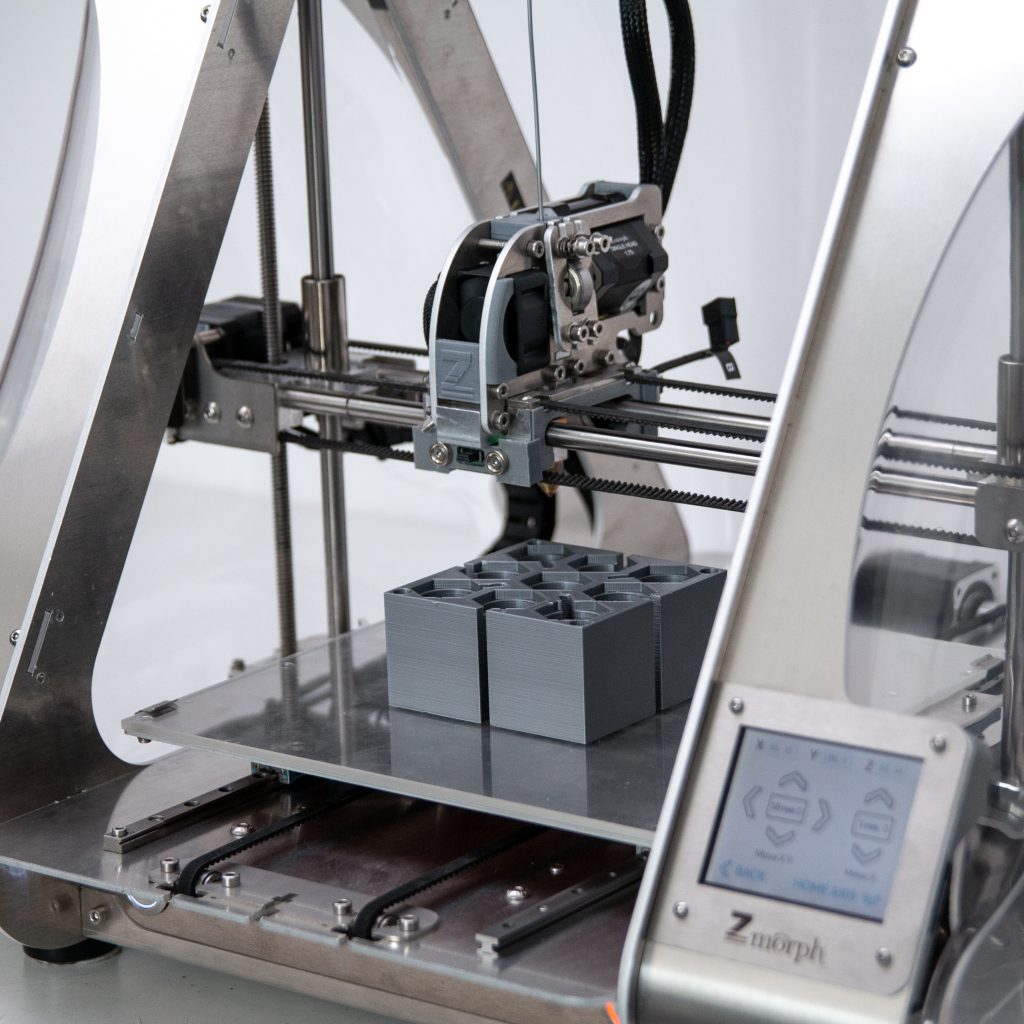
OpenForge
OpenForge is a popular option made to be compatible with Dwarven Forge’s products. They use OpenLock, Infinitylock, and Dragonlock, making it compatible with many other companies’ terrain products. You can find OpenForge sets on Github, Thingiverse, and Pateron. This guide is an excellent place to get started.
Hero’s Hoard
Hero’s Hoard are well-liked, high-quality sets. They currently offer three products and have KickStarters up for a few others. They also have free resources to provide to the community, including STL files for models and 2D printable battle maps.
Printable Scenery
Printable Scenery sells files for a variety of games, including Dungeons & Dragons. They also offer many helpful resources for 3D printers like their 3D printed terrain for Dungeon Masters and Getting Started forums.
Fat Dragon Games
Fat Dragon Games is one of the first companies that has offered printable gaming terrain. They offer lots of helpful content on their YouTube channel and even give away a sample set for free for those who want to try out their product before committing to buying it.
If you want to try out one of these 3D-printed options but don’t have access to a 3D printer yourself, you can also usually buy the sets pre-printed from Etsy.
Just Do It
If you’re interested in trying out the 3D terrain world but don’t want to commit to any of the options above just yet, no problem! Use legos. Use random objects lying around your house, like cans and boxes. Like with D&D in general, you’re only limited by your own imagination and creativity. Your very next time, even if it’s tonight, could include 3D terrain if you want it to, and for free. Give it a try. You’ll see how much of a difference it makes. And then, you can start dabbling into the more complicated world of purchasing and 3D printing.
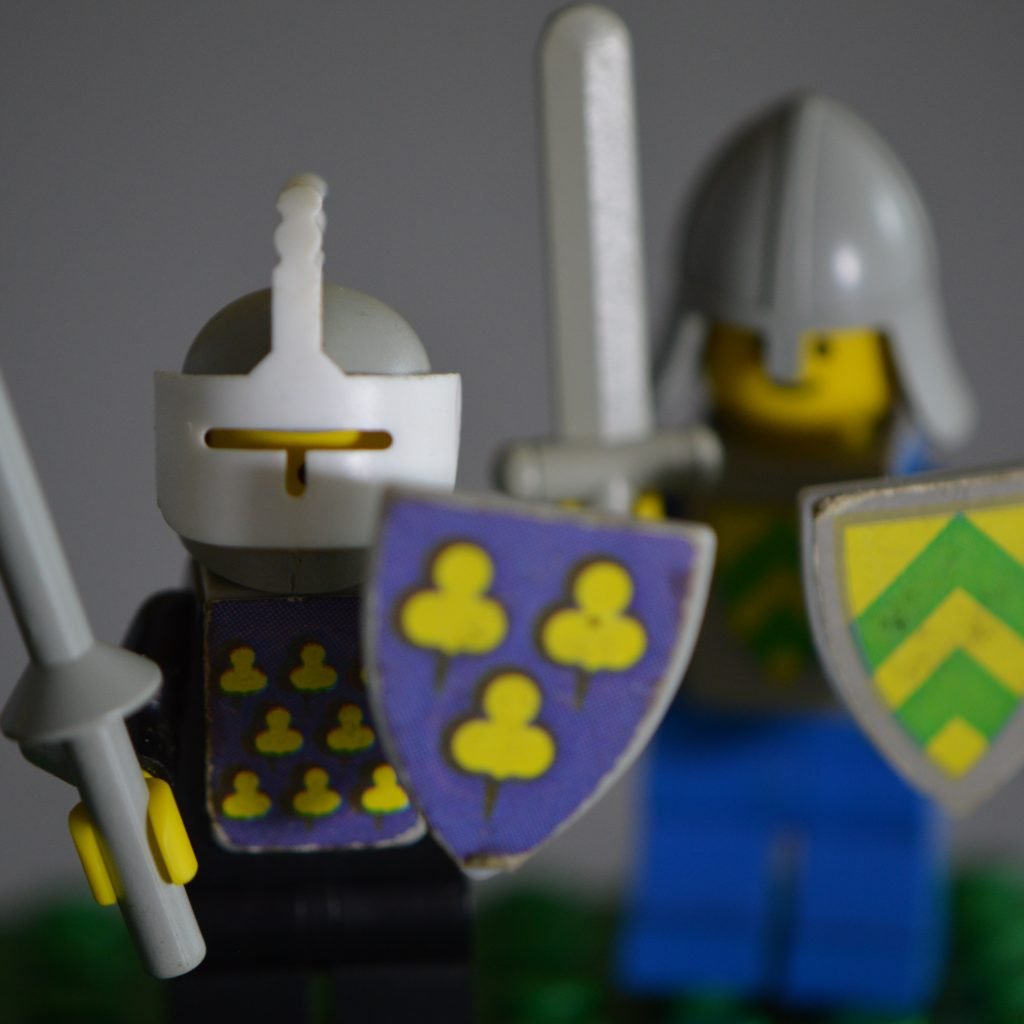
Once you start playing around with buying and printing different terrain sets, don’t forget that you can always mix and match them. Even if they don’t easily snap together, there are ways you can hack it. That way, you can create the perfect terrain for your game and wow the other people you’re playing with to make your – and everybody’s – D&D dreams come true.


